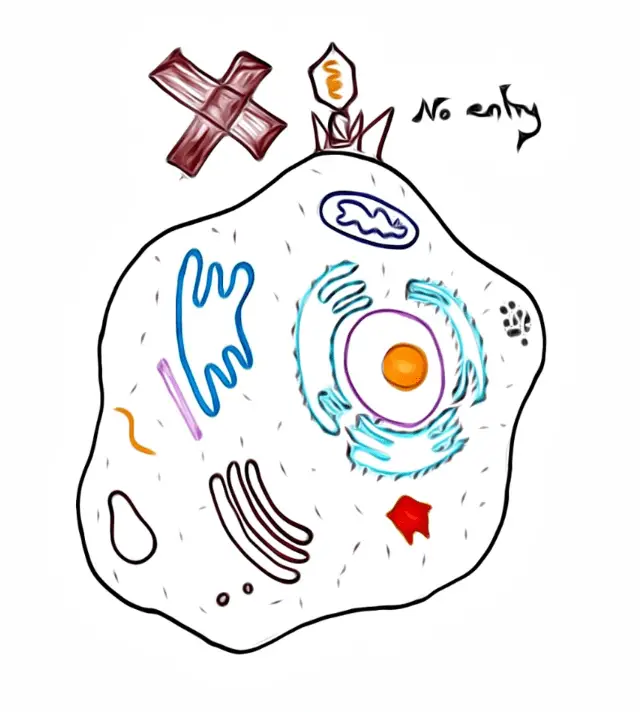Can a bacteriophage infect a human cell?
It’s an intriguing question that has scientists scratching their heads over the possibility of these “minute guys” (phages) wreaking havoc on our bodies. This same question would be asked by someone who wants to know if phages are safe for humans, especially when used as a treatment alternative. Concerns about their safety when used live (without deactivation or being killed) never left the minds of those in charge of approving drugs for human/animal use. For so long, this has been a nightmare for phage-based pharmaceutical companies, but rules are finally allowing many phage products to enter the market.
Bacteriophages, which are viruses that infect bacteria, have resurfaced as powerful regulators of bacterial populations in natural ecosystems. Phages infiltrate the human body in the same way that they do other natural environments, to the point where they are the most numerous in the human virome. Despite the fact that phages in the human body have been reported for decades, this was only revealed in recent metagenomic studies. The impact of phage presence in humans has yet to be determined. Still, as in marine environments, a clear role in regulating bacterial populations is possible, which could have an impact on human health.
Furthermore, phages are excellent vehicles for genetic transfer, and they aid in the evolution of bacterial cells in the human body by horizontally spreading and acquiring DNA. The abundance of phages in the human body does not go unnoticed, and the immune system reacts to them, though to what extent is unknown. Finally, unnoticed phage presence in human samples can influence and bias microbiological and molecular results. Given the evidence, some studies suggest that their interference requires more attention.
What type of bacteria do bacteriophages infect?
Despite bacteriophages’ specificity in infecting a specific species of host bacteria, there are no known bacteria that do not have phages to infect them. Bacteria evolve to resist attacks, whereas bacteriophages, as living entities, evolve new attack strategies.
why a bacteriophage cannot infect a human
A bacteriophage must attach to specific receptors in order to initiate an infection. Eukaryotic cells lack these types of receptors, which is why these viruses cannot infect humans. Bacteria, on the other hand, have these receptors, which allow phages to attach and attack. Bacteriophages are not harmful to humans;. However, they may indirectly cause undesired activities like transferring antibiotic resistance genes (ARGs) from one bacteria to another, driven mainly by lysogenic phages.
What is the role of bacteriophages and the human microbiome?
The bacteriophage (“phage”) is a virus that eats bacteria; however, a better term would be natural bacteria predator. Phages can be found in all types of microbial environments. The conflict between phages and bacteria dates back to the dawn of life. Bacteriophages are very picky about the bacteria they attack. Because of this selectivity, phages can eliminate a specific type of harmful bacteria while leaving all other bacteria alone, with no known side effects on the human body.
The majority of the viral population in the human gut microbiome is made up of phages. Caudovirales are the most common order of bacteriophages found in the gut microbiota. The order is made up of three families of lytic viruses that attack specific types of bacteria and archaea: Myoviridae (long contractile tails), Siphoviridae (long non-contractile tails), and Podoviridae (short non-contractile tails) (short non-contractile tails).
Phages are truly magnificent, and the process by which they reproduce is fascinating. A phage attaches to a bacterium and injects its DNA into it. The bacterium then undergoes a phage factory transformation, producing up to 100 new phages before bursting and releasing the phages to attack other bacteria. This means that phages multiply much more quickly than bacteria. In some countries, particularly in Eastern Europe, phages are used to treat bacterial infections. Because each phage can only infect and kill one type of bacteria, a doctor may be able to give a patient a phage that can infect and kill that type of bacteria if the doctor knows which bacteria is infecting the patient.





Nice post. Explain more on virus jumping.
Get in touch please. Thank you for your comment
nice post. thanks